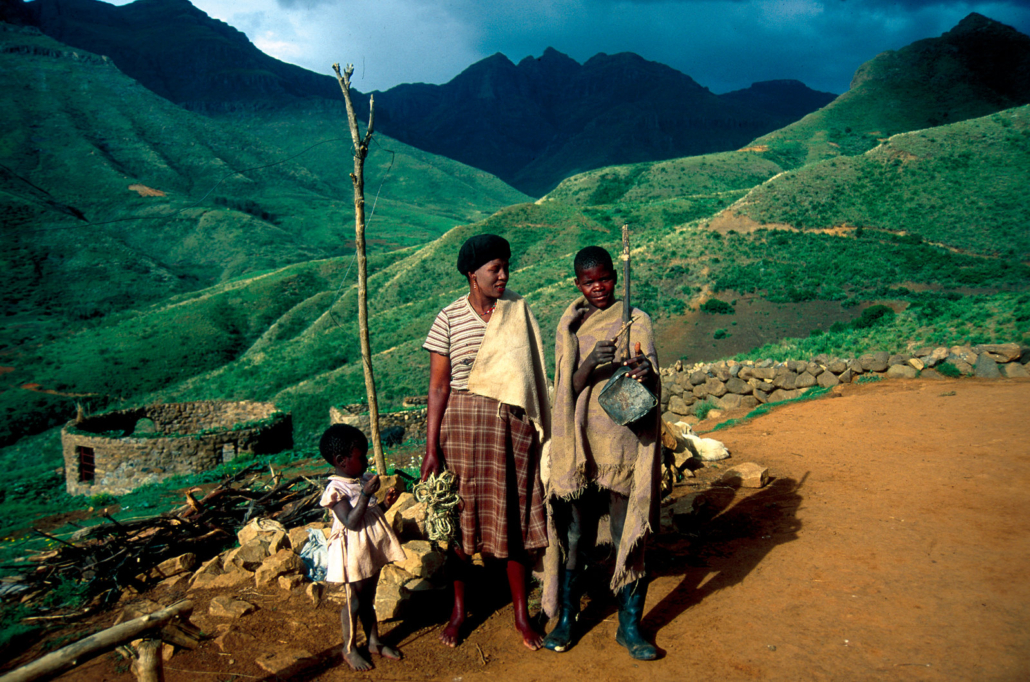How Health Care in Lesotho Has Been Revolutionized
 In 2006, the Kingdom of Lesotho was in the grips of a devastating HIV epidemic when it first partnered with Partner in Health. Over the following decade, and with the introduction of the National Healthcare Reform in 2014, Lesotho transformed its health care. Here is information about health care in Lesotho and efforts to improve it.
In 2006, the Kingdom of Lesotho was in the grips of a devastating HIV epidemic when it first partnered with Partner in Health. Over the following decade, and with the introduction of the National Healthcare Reform in 2014, Lesotho transformed its health care. Here is information about health care in Lesotho and efforts to improve it.
Life in Lesotho
Lesotho is a small mountainous kingdom that its neighbor South Africa has entirely encapsulated. With an approximate population of a little more than 2 million people, it is one of the least populated African countries. While the country has many significant challenges including a high unemployment rate and a heavy disease burden, it is a lower-middle-income country. In 2006, Lesotho suffered from a severe HIV epidemic, and while it was able to overcome the epidemic at the time, the country continues to have the second-highest HIV prevalence with 25% of adults carrying the disease.
Alongside HIV, Lesotho has an equally high prevalence of tuberculosis. In addition to the burden of these diseases straining a health care system, the mountainous terrain of Lesotho means that for rural inhabitants, accessing health care is a challenge.
The 2014 National Health Reform
Following their successful partnership during the 2006 HIV epidemic, the Kingdom of Lesotho and Partners in Health launched a National Health Reform in 2014 to revolutionize health care in Lesotho. The overall aim of this reform was to provide universal health care services to every Lesotho citizen. The three initial goals which the reform was based upon included improving the supply of equipment and resources to public primary care clinics, decentralizing the management of the country’s health care system and instead dispersing the power to the district level and increasing the number of paid local health care workers. While there was an interest in improving every aspect of health care, there was a particular emphasis on maternal and child health.
The Achievements of the 2014 National Health Reform Achieve
Within the first few years after its introduction, the National Health Reform was able to achieve:
- An increase from 3% to 95% of health facilities having adequate equipment to deliver children.
- An increase in the number of children under the age of 1 who have their full immunizations.
- More than double the number of HIV tests carried out from 5,163 to more than 12,000 as well as a decrease in the number of patients failing to follow up HIV tests.
- An increase to 85% of expected mothers attending some form of prenatal appointment and 15 times as many children being born within medical facilities.
- Introduction of maternal waiting homes, which allows for expectant mothers living in rural or isolated areas to travel and stay close to a hospital ahead of being in labor.
Other Initiatives
Overall, by the end of 2017, it was observed that access to essential health care was achievable for at least 90% of the country’s population.
While this singular reform has made impressive progress, Lesotho has invested in initiatives in the years since 2014, to allow for continuing progress for health care in Lesotho. One such initiative is the launch of an innovative health tracking system in conjunction with UNAIDS, to better identify the progress and downfalls of the country’s HIV and TB treatment program.
In a relatively short period of time Lesotho, with the assistance of Partner in Health, has been able to radically transform health care in Lesotho. With a focus on maternal and child health, the country has been able to ensure that health care is available to the majority of its citizens from the moment they are born. Furthermore, Lesotho has displayed to the world the simple but vital steps that are needed to create a universal health care system for its citizens.
– Holly Coop
Photo: Flickr
